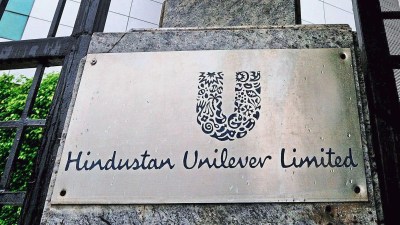Bharti Airtel will likely see pressure on its growth going forward owing to higher capital expenditure on 5G and lack of monetisation opportunity, absence of tariff hikes, and competition in the high-quality user segment with deep-pocketed peer Reliance Jio, according to analysts.
While concerns over higher capex on 5G rollout and lower return on investments have been highlighted by company executives, a recent downgrade in the rating of the company by two foreign brokerages was mainly the reason behind an over 8% fall in shares of the company in the last two trading sessions. Both JP Morgan and BofA Securities downgraded the telecom operator to ‘underweight’ from ‘overweight’ and ‘neutral’, respectively.
According to a company executive, Bharti has plans to invest `27,000-28,000 crore in telecom network with a focus on 5G rollout. While it is planning to increase capex by 10-15%, it has no plans to charge a premium rate for 5G services as it has not worked in several countries that tried to do so. “Airtel’s capex will be in line with that spent in the last three years. It may go up and down because of the faster rollout of 5G —around `27,000-28,000 crore. We may see an upsurge in one year and gradually moderate around the same level,” the executive said. The company had earlier an annual average capex in the range of `24,000-25,000 crore.
On tariff, the company executive said: “Raising revenues through headline tariff hikes has its own limitations. One has to wait till the time the industry is prepared for it. Doing it in isolation impacts the company adversely.”
On Wednesday, shares of Bharti Airtel ended 3.5% lower at `765.40 on the BSE. In 2022, the telco’s shares rose 18%.
“We downgrade Bharti to underweight as we believe a combination of higher 5G capex, a lack of tariff hikes, and deflation in premium Arpus (average revenue per user) will drive down ROICs (return on invested capitals),” JP Morgan said.
Currently, telcos are offering 5G services on top of 4G plans and for the next one year, they are not expected to charge any premium for 5G to subscribers owing to a lack of useful use cases. Further, the absence of 4G tariff hike and Jio’s focus on the premium user segment is also expected to restrict growth of telcos like Bharti Airtel and Vodafone Idea in the industry.
“With the general election scheduled for 2024, we see risks of a next round of tariff hikes being pushed back to post-elections. This would likely lead to downside risks to consensus (of a 10% Arpu hike expected in FY23, and 11%/9% for FY24/FY25 (expected),” BofA Securities said.
According to JP Morgan, Bharti’s stock price is building in a 10% tariff hike and that a lack of tariff hikes would be a de-rating driver. The brokerage has cut its Arpu estimates by 4%/5% over FY24/25. As of September end, Airtel’s Arpu was at `190.
Further, a change in Jio’s strategy to target high-end subscribers by pitching better in-building connectivity and unlimited data plans could also push Airtel to spend more in order to defend its market share, analysts said. “This will drive more competition, deflate Arpu at the upper end and reduce subs (subscribers) growth, in our view. We cut our subs estimates by 2%/5% for FY24/25,” JP Morgan said.
Owing to factors like higher capex and weak Arpu growth, the brokerage has also cut its revenue estimates for Bharti Airtel by 5% to `1.5 trillion for FY24, and by 9% to `1.59 trillion for FY25 from the previously projected.
Similarly, the brokerage has reduced its Ebitda estimates by 9% and 15% for FY24 and FY25, respectively, and profit estimates by 32% and 43% for FY24 and FY25, respectively for Bharti Airtel.
According to analysts, since Jio also has an added advantage to gain traction because of its digital rights to stream Indian Premium League (IPL), this might lead to more subscriber gains for the company compared with Airtel.
During the year, factors like faster-than-expected 5G rollout, any potential auction where Airtel might acquire spectrum in the 700 MHz band, and slowing smartphone penetration, would further weigh on the company’s performance.









